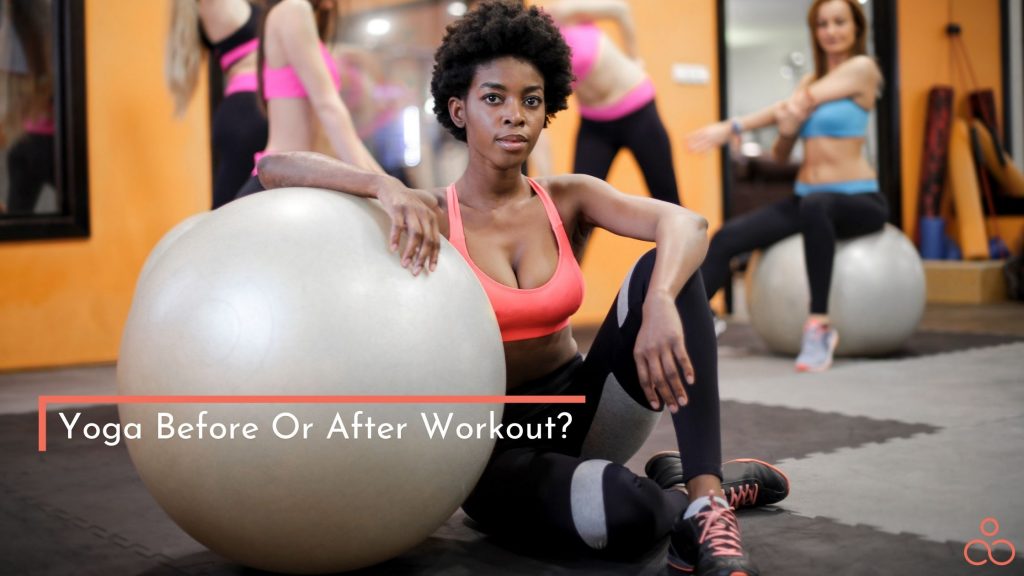If you are reading this article, we would like to believe that you are not a beginner in the world of fitness. You probably have been practicing some form of exercise, may even have a solid fitness routine. Or maybe not!
Honestly – you could also be just exploring your options to choose before beginning your fitness journey. Either way, you’re on the right page if you’re weighing out your options for a hybrid workout routine that includes yoga.
So, the ultimate question is – can you combine yoga with other forms of exercise? The answer is a big and definite YES. Whether you opt solely for yoga, or mix and match it, the health advantage of yoga remains outstanding.
However, the benefits of adding yoga to your existing routine can be counterproductive. It depends on whether you schedule your yoga before or after workout. If you don’t incorporate it properly, you may not get the desired results. Here’s a detailed explanation to help you determine what’s best for you.
Is it Common to Incorporate Yoga into your Regular Workout Routine?
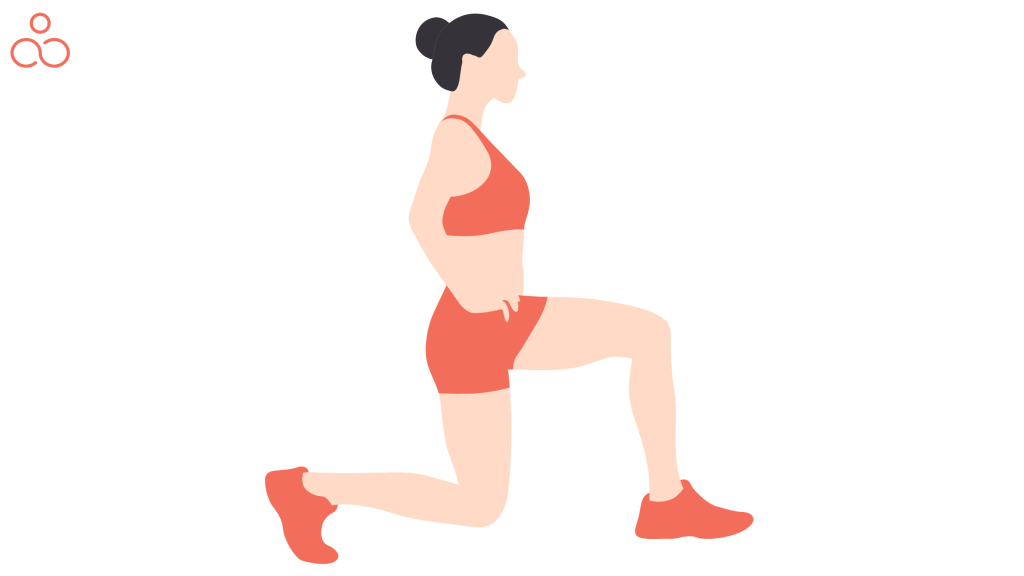
Pairing yoga with your regular workout is like icing on the cake. In other words, there are enormous benefits of integrating yoga into your regular fitness regime. Yoga practiced separately has a wide range of benefits, but including it in your current exercise routine elevates the overall performance of your physical and mental health.
If you want to go down this path, you should seek the most efficient ways to do it. Let’s look at the before or after workout benefits that can give you a clear picture to cater to your personal needs.
Yoga Before or After workout? There is no Simple Answer!
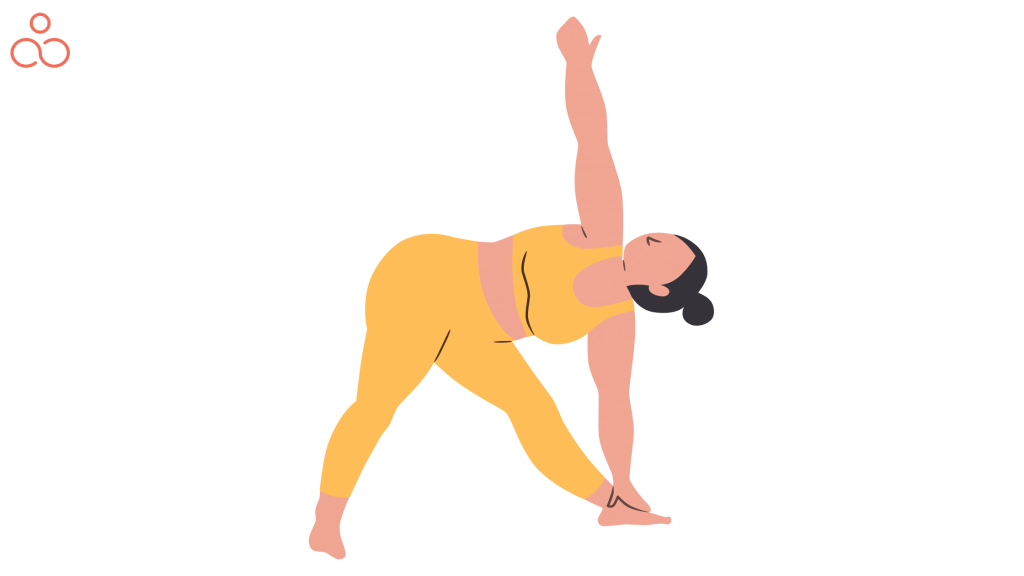
The simple answer to whether you practice before or after workouts depends on your fitness goal. There is no standard rule for this. Although, doing it after cooling down is a popular choice. It adds to your workout schedule. Here’s the reason.
The muscles and tissues of your body are usually worn out post-workout. This is particularly applicable for high-impact fitness regimes, like HIIT, strength training, weight lifting, intense cardio sessions, etc. It’s not ideal to pair it with high-impact yoga that involves deep stretches and muscle activation poses, as it can damage your body tissues.
Incorporating a high-impact workout with a low-impact yoga session will give you the best results. Similarly, if your workout routine consists of a 10-minute run and some basic squats or push-ups, perhaps you could squeeze in a high-impact yoga routine like Ashtanga or Vinyasa.
The simple answer is, your body has its limitations, therefore, whether you do it a pre-or-post workout, completely depends on your body type, workout routine, and your fitness goals.
Yoga Pre Workout
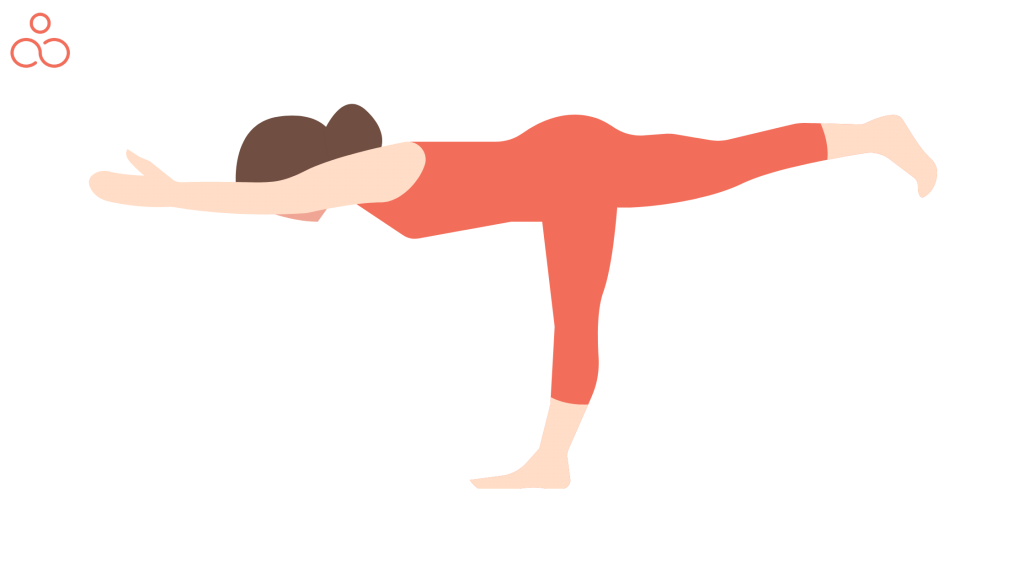
You might feel the need to immerse yourself in a downward dog pose before beginning your workout. This is especially favorable for people who want to flex their hamstrings before running a few miles on the treadmill. Your reason could be as simple as warming up your body for the storm. Basically, your yoga can also be cherry-picked to suit your personal preference. Let’s look at all the benefits of yoga before a workout.
Benefits
Pre-workout yoga has its share of benefits. A couple of back-to-back sun salutations or a low-impact vinyasa would be excellent for getting the most out of it. Both of these yogas will get your heart rate pumped and muscles activated, which is a great way to prepare your body for intense workout routines. On the contrary, Savasana that are mainly for relaxation will do the opposite. So, choose your yoga poses wisely if you are committed to practicing yoga before workout.
Eases You into Your Workout
In reality, going to the gym is not always convenient. So, if your clock’s ticking ahead, it’s best to prep your body with a 10-15 minutes yoga routine before hitting it hard. For example, you could ease into a cardio session on the same mat, afterward.
The beauty of yoga is that it gives you a cue to listen to your body. You should always pay attention to your breathing, and body flow before jumping into anything aggressive.
It is always the hardest to roll out your mat. Once you step into a few basic poses, your body will automatically start to respond positively. You’ll notice that this tiny little trick works every single time, even on days when you dread exercising.
Warms Up Your Body for Workout
Recent research does not approve static stretching before workouts, particularly for people who are into strength training or weight lifting. The theory behind this is stretching your muscles can lower your body’s ability to contract during intensive training. So, if you are wondering whether you should do yoga before or after weight lifting – the answer is no for before, and yes for after.
Having said that, if you are only committed to some dynamic stretches as a prepping tool, then you are on track for optimum results. Slow and gentle body movements through low-impact poses, without holding them for too long is a fantastic way to go about it. It will get your blood flowing for the right reasons.
Connects You to Your Body
The ultimate upside of yoga lies in its potential to strengthen your physical and mental health simultaneously. It can enhance your mind and body’s connection. Your muscles, bones, and tissues will be engaged as you move through some basic poses.
It creates body awareness and elevates mobility. Yoga also makes you feel super positive and empowered. If you are feeling good mentally, your physical ability to work out later multiples, leading to better results.
Yoga Post Workout
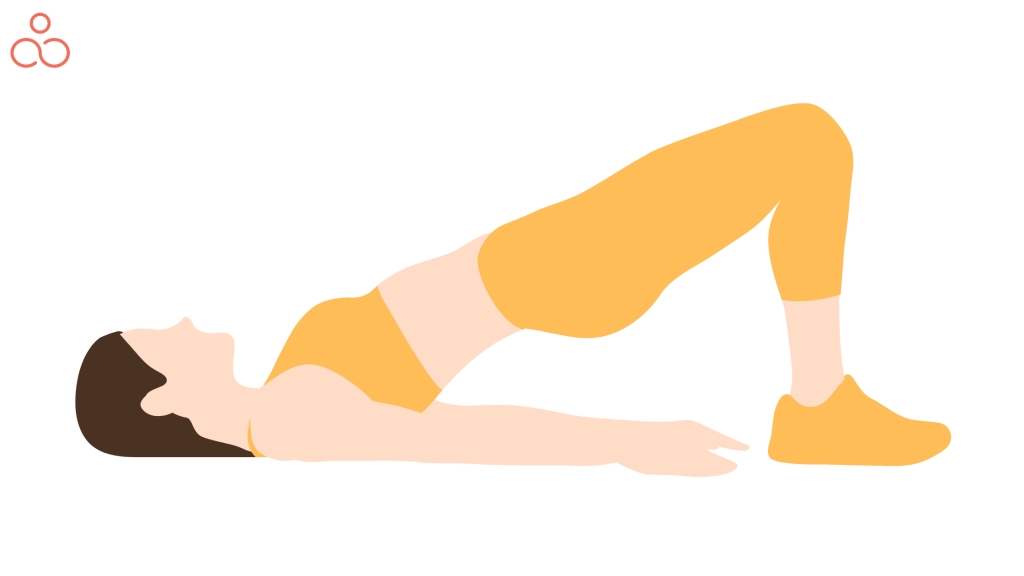
Yoga after workout does the job of a muscle relaxer. Imagine hopping into a massager after a workout, wouldn’t it feel lovely? The basis of practicing yoga post-workout is that your body needs downtime or recovery. When you stop your workout and move on to your regular activities of the day, you are not allowing enough recovery time for those over-worked muscles of your body.
You need to let them cool down, both physically and mentally afterward. It is often suggested that finishing your active workout regime with a yoga routine is a better option than starting with yoga. Here’s why.
Benefits
The benefits of yoga after a workout is quite impressive. Some studies have reported that stretching does not have too many upsides to it if done before work-out. For example, if you do static stretching during your yoga session, it will lead to temporary loss of muscle strength. This will in fact cause your muscles to weaken if you hold a static stretch for over 45 seconds. Therefore we firmly believe that yoga post workout has more benefits. We have handpicked the best ones for you. Keep reading!
Enhanced Muscle Recovery
The debate between pre-and-post workout stretches around static stretches remains. Although if your purpose is to eliminate the soreness and stiffness of your muscles after a workout, then stretching before is not a great idea. Stretching works like a recovery tool if done after a workout. It helps immensely with muscle soreness.
Yoga itself is known to ease muscle stiffness. So whether your muscles are tight from a regular workout or intense weight lifting – yoga specifically helps to eliminate that feeling of discomfort. But yes, you cannot expect results by performing a single session, regular practice post-workout will help you eliminate the soreness.
So how does it work? The beauty of stretching increases your blood flow in a manner that brings nutrients and oxygen to repair your muscles.
Slows Your Heartbeat
If you are sweating out from a good workout – you need to cool it down. Your heart’s pumped, releasing cortisol from the great exercise session. We usually run to the shower without allowing our bodies to get back to normal, which isn’t the healthiest thing to do. It can cause your body to feel lower levels of oxygen, leading to dizziness. So, even if you run short of time, allow yourself at least 5 minutes of yoga post-workout to balance it.
Rather, stretch your muscles a little with some yoga poses as a part of your cool-down practice. Your body needs that smooth transition of slowing down to a resting rate.
Reduces Cortisol And Blood Sugar Levels
Yoga focuses significantly on bringing your mind, body and soul together. There are forms of yoga that meet your meditation and relaxation needs. Trust us, try going into a fetal position, you’ll notice the difference in your body. Your mind and breathing will be in complete sync.
Any active workout has the tendency to increase the cortisol levels in our body, which means the following:
- Increased blood pressure
- Suppress your immune system
- Results in muscle weakness and wasting
- Raise blood sugar levels
Yoga is a great way to control and tackle all these health issues. It has the power to reduce your stress levels, leading to controlled blood pressure. Practicing yoga post-workout is often compared to a reward – almost seen as a kind gesture where you are allowing your body to feel peaceful, relaxed and calm.
Not just in terms of mental fitness. When you have completed your high-impact workout – your cortisol level increases. It gets triggered due to the high levels of hormones. As a result, it can weaken your immune system, increase your blood pressure, even increase the risk of diabetes.
One more benefit of practicing it is that it reduces the concentration of sugar in your blood. This balances the effect of vigorous, short workouts that can often increase the levels of blood sugar. If you regularly practice yoga, your body is likely to become more sensitive to insulin, which means that more sugar will be distributed to your muscles from your blood. In addition, yoga can help you manage your blood sugar levels in the long run. Thankfully, yoga can balance it all, if only you can squeeze in a practice session post your workout.
Your Body Is More Pliable After Exercise
Yoga is the ultimate promoter of flexibility. People who love yoga, swear by its ability to improve muscle flexibility. It is also known as prevention from injuries during aggressive workouts. Fitness enthusiasts suggest that the prime time for static stretching is when your muscles are already activated – right after a workout. The results are visible in terms of flexibility.
What’s Right for you?

As mentioned earlier, whether you choose it as a pre-or post-workout activity, depends on your personal fitness needs and goals. Yoga is preferred as a pre-workout tool for people who find it difficult to start exercising. And if you are used to a high-intensity workout session, yoga is an excellent option to cool down.
You are the best judge, as it solely depends on what suits you best. The overall benefits of yoga will always be there if you commit yourself to a schedule that you can regularly follow.
Remember, this is your journey, so don’t be too hard on yourself. Yoga before or after running, for example, is subjective. If you are not feeling pumped to start your run, you can use yoga as a warm-up. On the flip side, if you are ready to smash out a good cardio session, you can do yoga afterward to cool down.
Be open and listen to your body. Some days, rolling out the mat will feel like moving a mountain, and some days you won’t be able to get enough of it. Either way – do what you like.
Conclusion
We hope this article has been helpful for you to understand the benefits of doing yoga before or after a workout. We have laid out the effectiveness of both scenarios to guide you in achieving your fitness goals. Some studies revealed that yoga before workout is not as effective as yoga post workout. Static stretching leads to temporary loss of muscle strength, which may hamper your workout sessions. Instead, if you pair it post workout, you may get better results in terms of muscle repairment. But again, take the time to let your body lead the way. Namaste!

